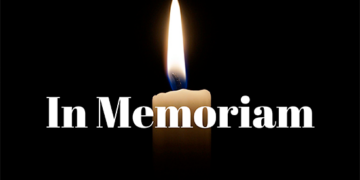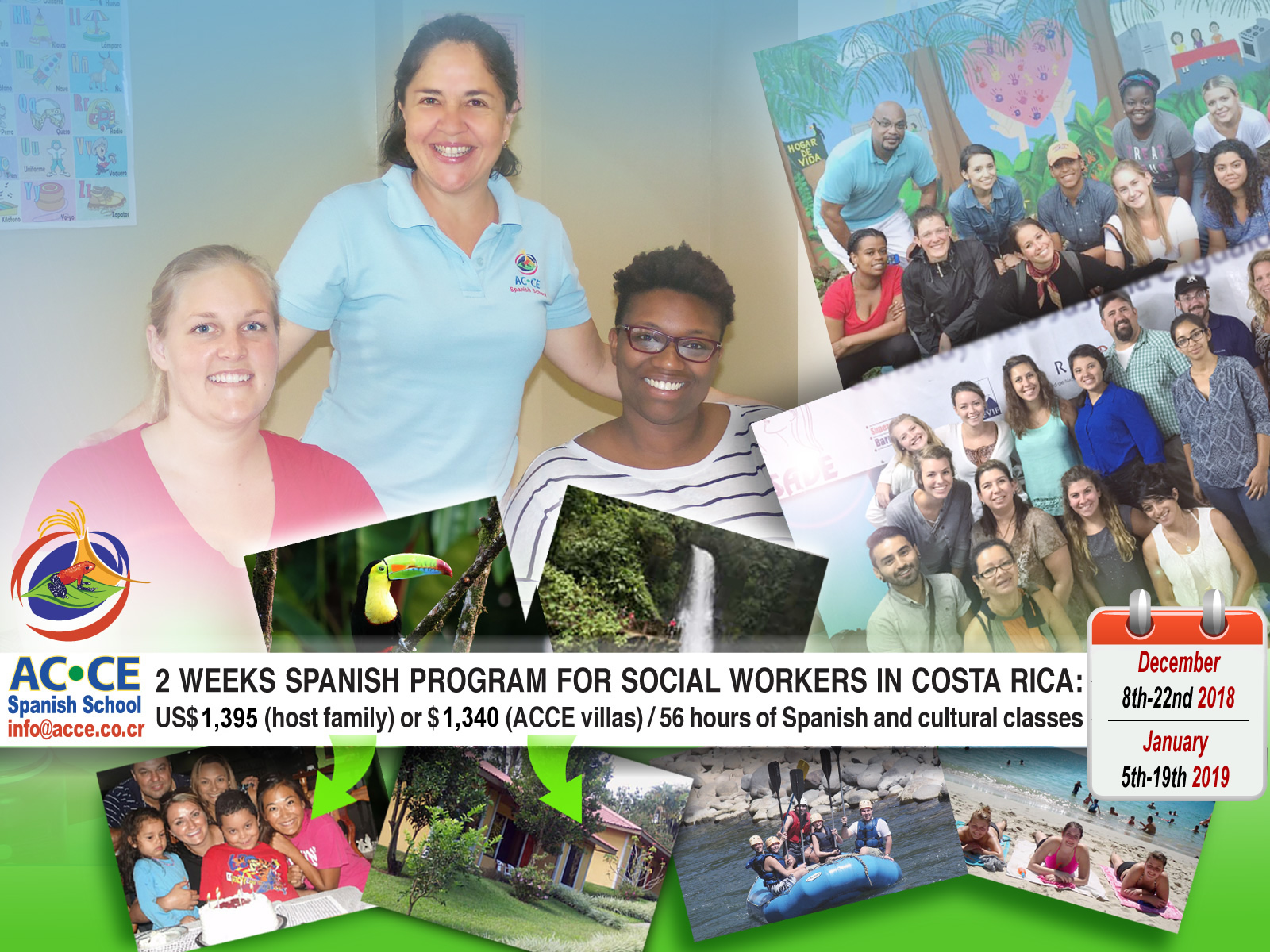By Jesus Limon, Esteban Plata, Carolina Ramirez, Lizeth Sebastian, and Yi Zhang
With Welfare Code 365.1, incarcerated parents are given the opportunity to reunify with their children. They are given some power in regards to their relationships with their children, which could impact their lives once they are released from prison or jail. There exists still an imbalance of power because incarcerated parents are situated in a government institution. In our society, stigma is associated with incarceration and some may believe that a parent in prison cannot be a good parent and should not be able to see their children (Sherry, 2010). In some cases, incarcerated parents who committed violent crimes are not eligible to receive reunification services from the child welfare system (Downing, 2012).
In other cases, children are still given a chance to maintain a relationship with their parent only if it is in their best interest (Sherry, 2010). Social workers and the court system have more power because they determine if reunification services will be allowed or will be detrimental to the child. However, social workers are kept accountable for providing services to the incarcerated parents (Downing, 2012).
There is also a distribution of power to other professionals providing services to the parents, such as attorneys, therapists, prison officials, and social workers in partnering agencies (Downing, 2012). The California Department of Corrections and Rehabilitation (CDCR) has a part because they create the rules for the prison systems. Incarcerated parents may not be able to participate in services being offered if the rules of the prison system interfere or do not assist in facilitating the process (Serrato, 2016). As mentioned previously, the prison system in general does not provide a good environment for a parent who is trying to maintain a relationship with their child. An imbalance of power persists, even among the different governing departments. The criminal justice system makes various policies based on their focus of punishment and sentencing for crimes, while the child welfare system creates their policies based on safety and permanency for children (Serrato, 2016). The incarcerated parent holds less power than any of these two systems.
References
Downing, H. D. (2012). Barriers to reunification for incarcerated parents – a judicial perspective.
Family Court Review, 50(1), 71-76. doi:10.1111/j.1744-1617.2011.01429.x.
Serrato, C. (2016). How reasonable are reasonable efforts for the children of incarcerated
parents? Golden Gate University Law Review, 46(2), 177-197.
Sherry, S. (2010). When jail fails: amending the ASFA to reduce its negative impact on children of incarcerated parents. Family Court Review, 48(2), 380-397. doi:10.1111/j.1744-1617.2010.01316.x.











